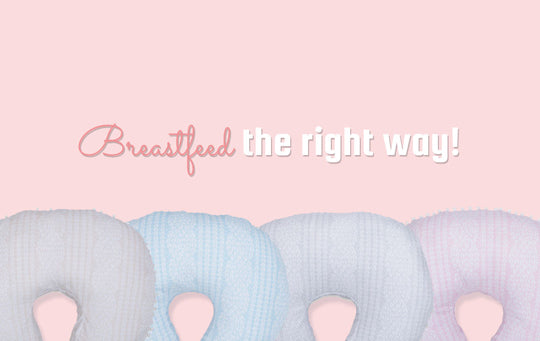We’ve heard a million reasons why people DON’T swaddle their newborn babies:
My baby fights the swaddle.
She pops out anyway so why bother.
I don’t want her to get addicted to it.
She cries when we try to swaddle her.
I heard that it’s not good for them.
I want her to get exercise so her arms should be free.
I want her to practice getting her hands into her mouth so she can self-soothe.
But Swaddling your baby is important!
WHAT IS SWADDLING?
Swaddling is the art of snugly wrapping a baby in a blanket for warmth and security.

WHY TO SWADDLE?
During their first one or two months of living, babies go through a huge adaptation from life inside to outside the womb.
Think of it, in the womb, it was dark, warm and narrow. In the “real” world, it is light, much colder and airy. Scary!! In addition, babies haven’t yet learned how to control their limbs(or even realizing that the things flying back and forth in front of their eye are actually their hands…).
Therefore many babies can be quite disturbed, especially when trying to fall asleep, by their flying limbs. Swaddled, your baby may feel calmer and safer.
PREVENTS STARTLE REFLEX
You may have noticed your baby jerking her body when she's sleeping. These jerks are her startle reflex and are completely normal. Being wrapped up snugly can stop your baby from being disturbed by her own startle reflex.
BASIS FOR SOOTHING AND BETTER SLEEP
It not only calms and soothes babies, but also helps babies sleep longer. Recent studies have found that infants are quieter, sleep more, and have lower and more stable heart rates when swaddled. When done correctly, swaddling is a wonderful and safe way to help calm and comfort your baby. While newborns are renowned for their ability to take itty bitty naps all day long, certainly our goal is to help them settle into longer continuous windows of sleep. And swaddling will help them to do that quite effectively!
IMPROVED NEUROMUSCULAR DEVELOPMENT
Many people feel that a newborn needs to have their hands free so that they can practice using their arms, figure out how to get their hands into their mouths so they can self-soothe by sucking on fingers, etc. However most of the movement of your newborn baby’s limbs is actually unintentional and random. Immobilizing their arms actually helps them to develop better motor skill organization. Swaddling esspecially essential for premature babies.
FEELING OF SECURITY
Swaddling can be used to help settle your baby down when she's overstimulated or when she just needs to feel something similar to the tightness and security of the womb. It can help the baby stay warm and toasty for the first few days of life until her internal thermostat kicks in.

WHEN TO SWADDLE?
Here are rough rules of time to when to swaddle your baby:
During the very first couple of weeks, you can swaddle your baby both when awake and for sleep – but not all the time, of course!
At around 1-month-old, you should stop swaddling your baby while awake. It is time to start practicing mobility and strength – not easy while being swaddled!
At around six weeks old, you should release at least one arm, so that the baby can put the hand in his or her mouth for self-soothing.
For naps and night sleep, you can swaddle your baby (except for at least one arm when older than six weeks) for as long as the baby likes it. Some babies won’t settle without a nice swaddle even when approaching their first birthday! But long before that, both arms should definitely be released!
Once your baby is about a month old you might want to stop swaddling her while she's awake, as it can interfere with mobility and development in older babies. It's fine to keep swaddling your baby for naps and night time if she seems to sleep better that way, but the American Academy of Paediatrics recommends you stop swaddling when your baby is 2 months old – before she starts trying to roll over.
Safety Note : Never put baby to sleep on their stomach. Never EVER put a swaddled baby to sleep on their stomach. If your baby is able to flip from their back to their stomach WHILE swaddled, then your swaddling days are over. Swaddling is only to be used for babies on their backs. Being swaddled while sleeping on their stomach creates a greater risk of SIDS than sleeping on their stomach alone.
HOW TO SWADDLE?







